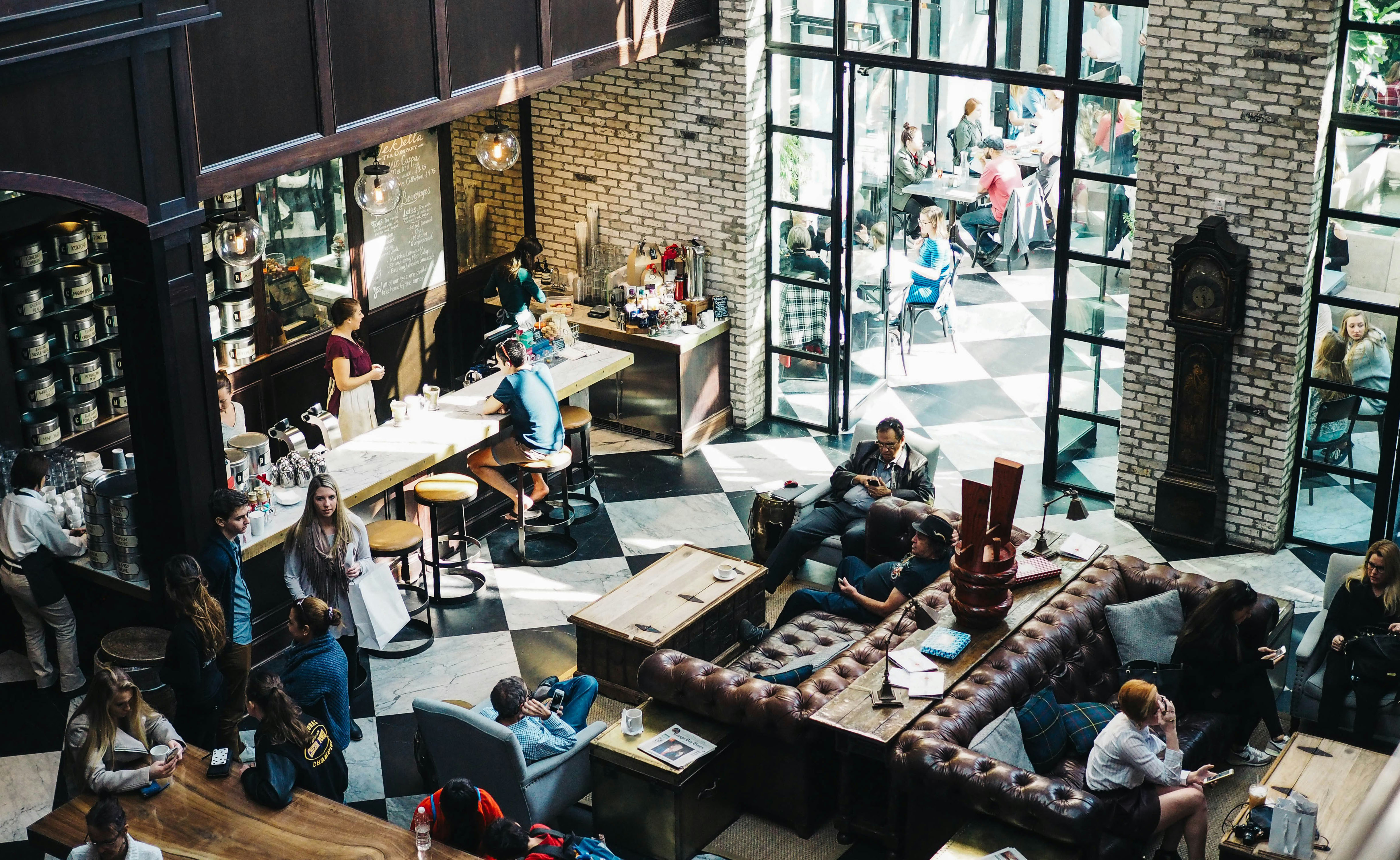
The Challenge
In a sector defined by speed and immediate consumption, quick service restaurants (QSR) category —spanning the USA, Germany, Hong Kong and the UK—needed to address consumer biases and habitual loops that inhibited the adoption of sustainable practices. The primary challenge was to bridge the gap between overt messaging and the deeper cultural meanings embedded within signs and symbols related to food, pleasure and sustainability.
Our Approach
A semiotic analysis was conducted to decode how communication elements (signage, language), design features (layout, service, tableware, disposal bins) and overall ambience influenced perceptions of safety, sterility, desire and sustainability. The study identified where current products and communications were falling short and pinpointed opportunities for new approaches that could better align sustainable practices with the fast‐paced, pleasure‐driven nature of QSR consumption. This process involved mapping the emergent, dominant and recessive codes of hedonism in quick service food culture.
The Outcome
The research uncovered that quick service restaurants symbolically represent a revolt against conventional “good food” norms. It revealed that the semiotic coding of pleasure conflicts with the logic of sustainability, as waste disposal and recycling carry negative connotations. Notably, the study identified a tension between authority and hedonism across different cultural contexts, with trends among Gen Z challenging the prevailing eco‐conscious narrative. These insights led to the development of a new linguistic and design toolkit, paving the way for a QSR model that embraces hedonism while integrating sustainable practices.



